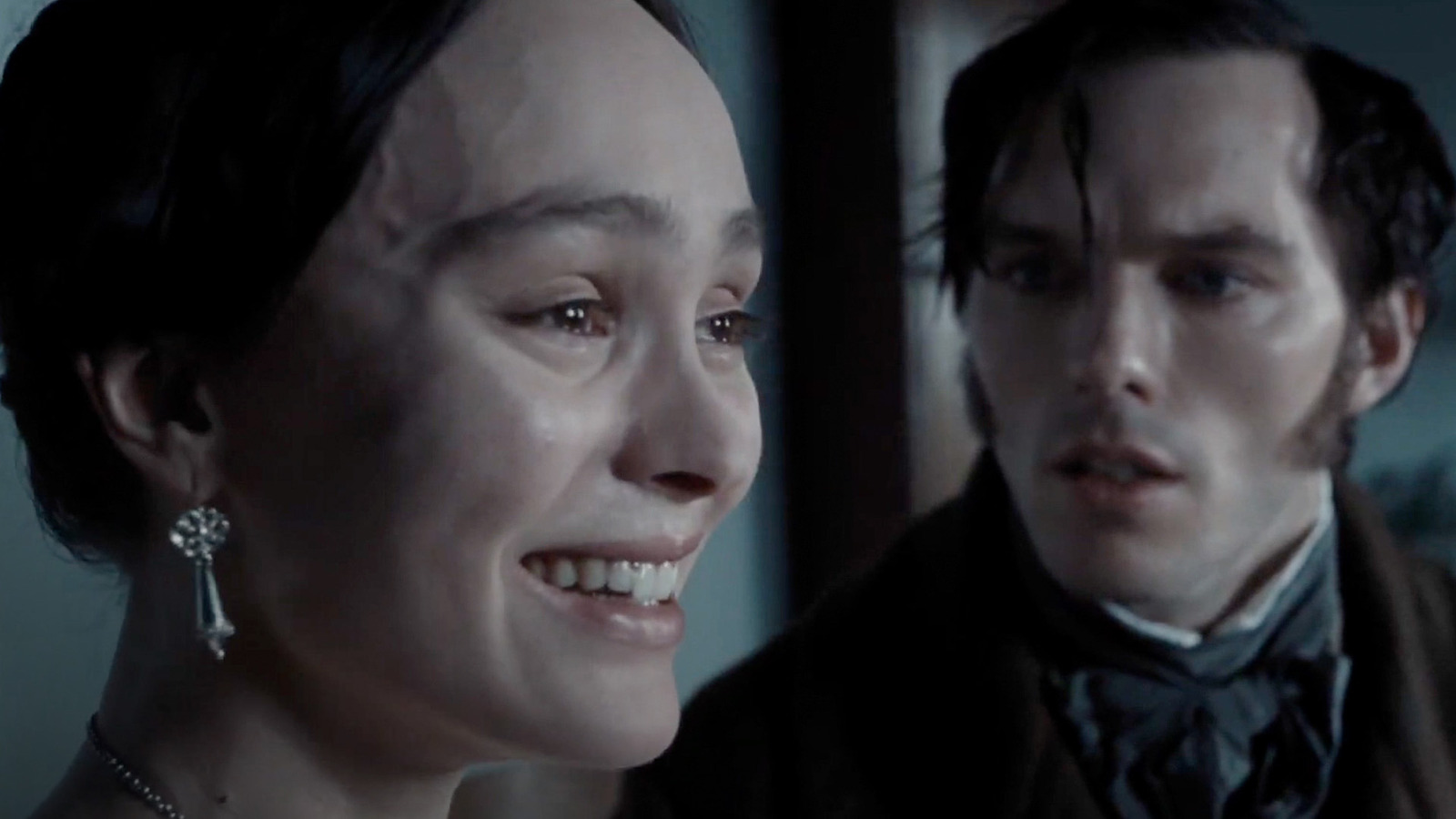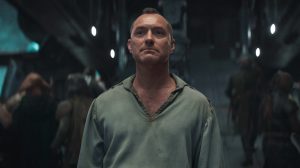
Robert Eggers may not have a reputation as an action filmmaker, but his command over action sequences was clearly demonstrated in his bloody Viking saga, “The Northman.” Therefore, it comes as a captivating surprise to witness his unconventional interpretation of “Nosferatu,” the tale often linked to “Dracula.” What stands out is its defiance of traditional cinematic action. The story of “Dracula,” and by extension, “Nosferatu,” has excitement woven into its very fabric—a menacing vampire arrives in a town, prompting a diverse group to come together in opposition. It’s a narrative rich in suspense and drama, with imagery of armed townsfolk marching toward an immortal predator’s resting place, a scene that inherently builds anticipation. So, why doesn’t “Nosferatu” deliver the kind of heart-pounding excitement one might expect? I pose this question as a form of praise. Eggers’ masterful combination of chilling horror and dark melodrama positions “Nosferatu” as a standout film of the year and an exceptional horror entry in a landscape packed with competition. However, its careful pacing and almost feverish tone work relentlessly to ensure that you don’t experience a visceral thrill while engaged with the film. Instead, it seeps into your consciousness and possibly haunts your dreams, leaving a lingering sense of discomfort. Moments of perceived victory feel hollow, lacking the triumphant flair typical of other films in similar genres.
The mechanics behind this effect are straightforward and grounded in the fundamentals of filmmaking. Eggers’ careful use of the camera is subtle, often going unnoticed until one takes a step back. “Nosferatu” becomes a horror film that emphasizes our inherent powerlessness. Given Eggers’ proven ability to direct thrilling action, it’s clear that the absence of such excitement in “Nosferatu” is a deliberate creative decision. One compelling illustration of Eggers’ rejection of typical action comes early in the film during Thomas Hutter’s attempt to flee Count Orlok’s castle. While other directors might have approached this tense scene with rapid cuts and dynamic camera movements to infuse excitement, Eggers maintains a distance, framing Hutter within expansive shots that emphasize the oppressive nature of his environment. When Hutter does move quickly, the camera tracks him slowly, capturing the urgency of his situation while simultaneously emphasizing his impotence against a force far greater than himself.
We don’t experience the adrenaline he likely feels; instead, we become detached observers witnessing a man who is utterly defeated in the face of an overwhelming horror. Every action taken by humanity in “Nosferatu” feels minuscule and ineffectual. Only Count Orlok is permitted to dominate the screen with his formidable presence, while the human characters appear as insignificant as ants. The film’s continued use of wide shots, static frames, and slow-moving camera work shapes this feeling of isolation and weakness. Even the climactic gathering of men aiming to confront Orlok feels devoid of excitement, as Eggers refuses to indulge in genre conventions. Ultimately, their journey becomes a futile endeavor, with the vampire’s demise arising not through action but rather through acceptance of inaction.
While many horror narratives explore themes of defeat and human frailty, “Nosferatu” is among the rare films that make you genuinely feel that vulnerability at a fundamental level.





